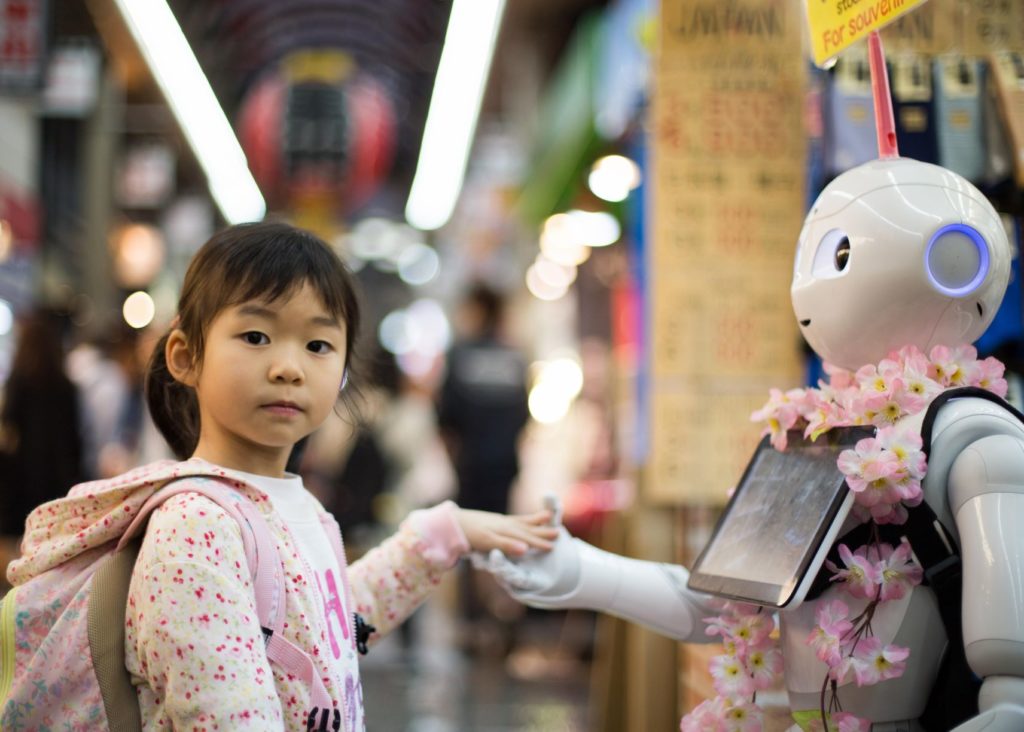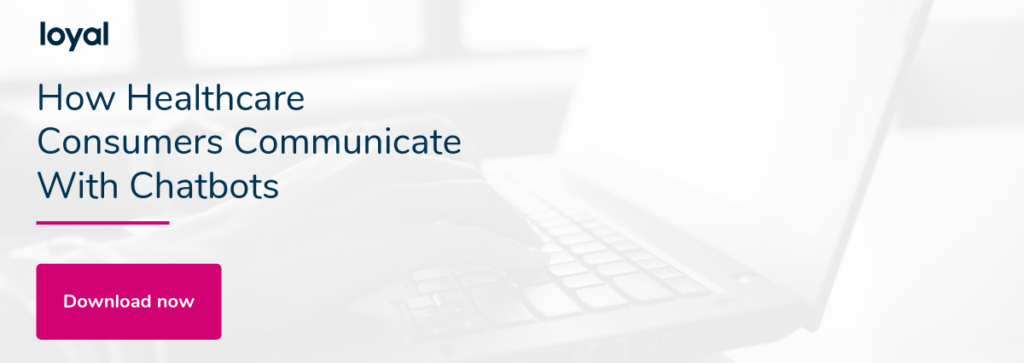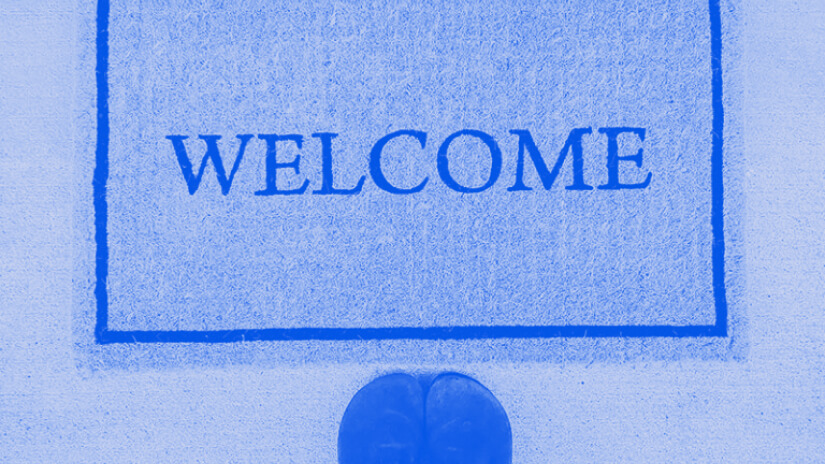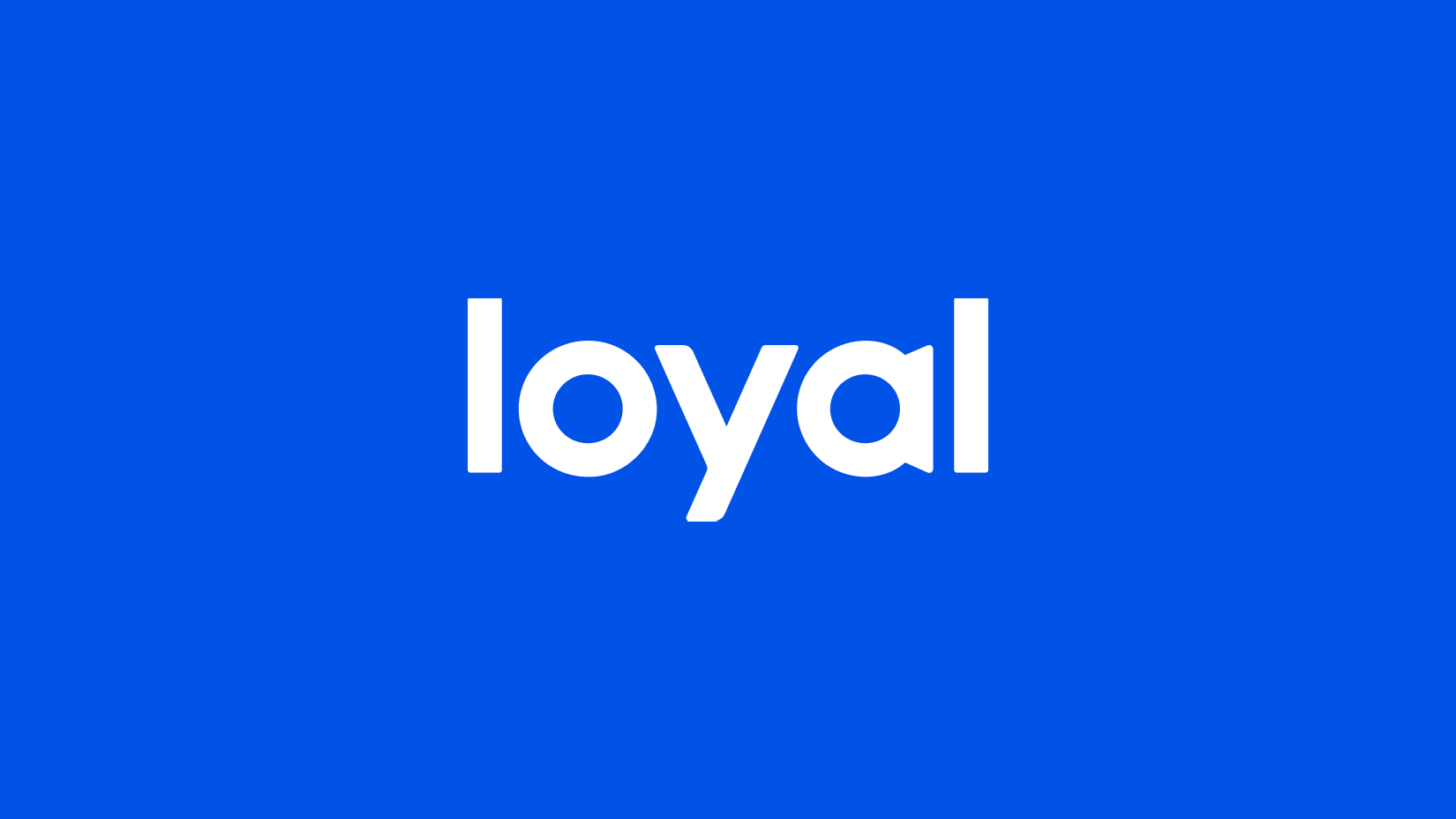Chatbots and digital voice assistants are transforming how we interact.
In fact, Gartner predicts that chatbots will manage 85% of customer service interactions by 2020. Even more impressive (or alarming), Gartner also predicts the average person will have more conversations with chatbots than their spouse. Which isn’t surprising when you consider the money being invested.
Technology companies like Google, Amazon, and others are investing millions of dollars into developing AI-powered chatbots and voice assistant technology, and the global market for chatbots is expected to reach $1.25 billion by 2025. Healthcare providers are turning to this technology to provide consumers with a better online experience, more options, and faster answers.
With all of this investment in digitizing our interactions, do we run the risk of losing the human connection? Better yet, will we even miss humans?
No and no.
The ‘Always On-Demand’ Expectation
We’re more connected than ever. With mobile and social technology always at our fingertips, consumers expect around-the-clock access to companies and customer support, and with every interaction a personalized and high-quality customer experience.
These high expectations are why technology companies continue to invest in AI-powered digital assistants and chatbots. Healthcare providers currently use this technology in a variety of ways: from supporting contact centers, appointment scheduling, or like our AI-powered chatbot solution, Guide, helping consumers navigate health system websites.
The applications are endless, but maintaining the human connection relies on a crucial component to any conversation – the dialogue.
Let’s Start a Conversation
Over the millennia, humans have gotten pretty good at conversing with one another. After all, we’ve only ever had conversations with other humans up until the introduction of text-to-speech technology in the 1950s.
That’s why trying to trick consumers is such a challenge, because we know how to identify when we’re not speaking with another human. For an effective chatbot, the idea shouldn’t be to trick the user, but to incorporate enough human-like language into the conversation so it remains personal and friendly, without blurring any lines. For example, initiating a conversation with, “Hi! How are you today?” sounds natural, personal, and human. Conversely, starting with, “State your request” sounds more like the Terminator than a friendly customer service agent.
Another example is when a chatbot doesn’t understand a question. “Unable to compute,” sounds unnatural, while, “I’m sorry…” sounds much more human. The simple addition of empathetic language goes a long way.
That’s why when humans create the dialogue for chatbots it’s important to incorporate natural, empathetic, and conversational language. Each response doesn’t need to be unique and overly human-like, but if a human is programming the responses, then the human connection can come across in the dialogue.
Will We Miss Humans?
People value human connection. We see it when big life events happen; we want to deliver that news over the phone or in-person, instead of with a text or email. For healthcare providers, chatbots are effective at answering customer questions, amplifying messaging, or scheduling appointments, but not as helpful at convincingly conveying empathy.
That’s because healthcare is extremely personal. When we receive healthcare news, good or bad, it’s likely delivered by a human. That human-connection is comforting; they can empathize with us in our extremely personal (and sometimes scary) moments. Chabots and voice assistant devices can’t deliver that same news with the sensitivity, empathy, or personal connection that a human can.
And that’s okay.
Chabots and digital voice assistants aren’t meant to replace humans. The technology will complement humans in a multitude of areas and surpass us in others, but the importance of human empathy and that connection is crucial for consumers to embrace and utilize the technology.
We communicate in a variety of ways, and although the technology is developing a more digital experience, there will always be a need for that human connection – whether it’s in the dialogue or the doctor’s office.
Want to learn more? Download Loyal’s latest white paper.




